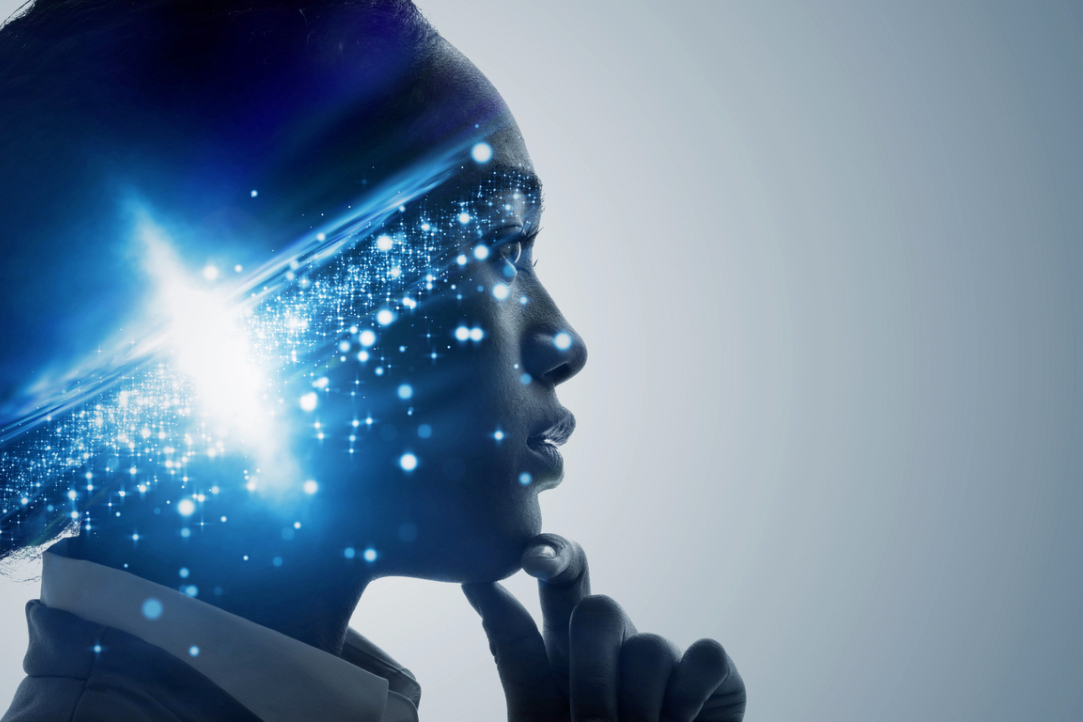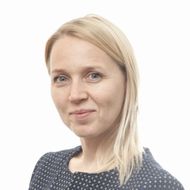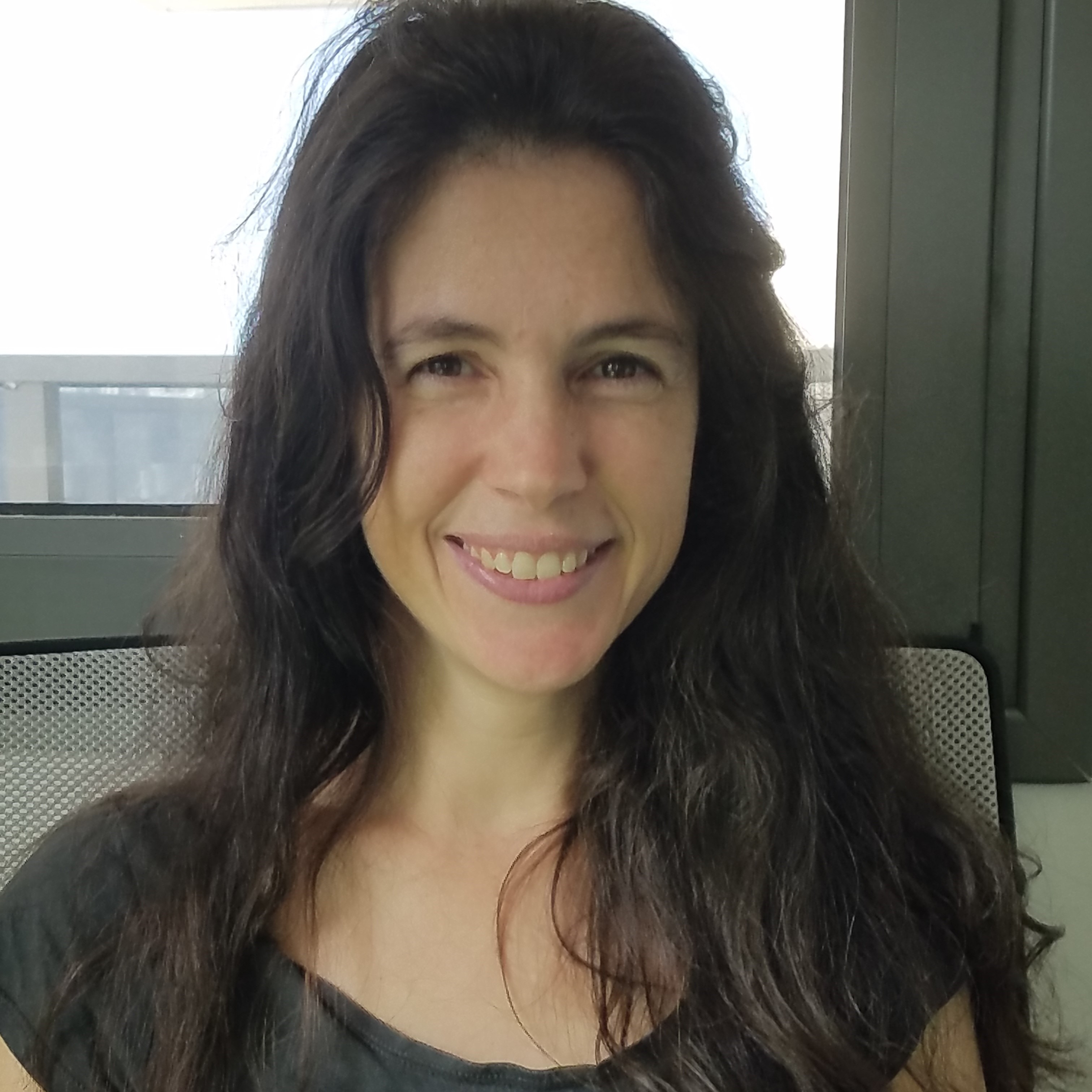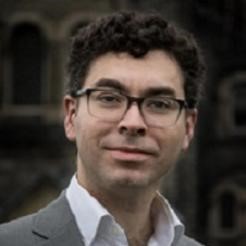Cutting Edge Neuroscience Research to Be Discussed during Online Conference at HSE University

The first International Conference on Social Neurology in Environmentally Sound Conditions, organized by the International Laboratory of Social Neurobiology of the Institute of Cognitive Neuroscience and Aalto University will be held online on June 21-23, 2021. The HSE News Service spoke with conference organisers and some of the key speakers in the run-up to the conference about its agenda and some research highlights.
Rapid methodological advances are increasingly making it possible to conduct social neuroscience studies in ecologically valid conditions. These novel approaches span from neuroimaging studies with naturalistic stimuli such as movies to the use of wearable sensors in real life social interactions. Topics in this new area of research span from investigation of the neural basis of social cognition, unravelling the effects of cultural influences, to investigation of the biological basis of intergroup biases.
Leading Russian and foreign scientists will take part in the conference: Gal Raz, Iiro Jaaskelainen, Enrico Glerean, Ale Smidts, Emily Falk, Jonathan Levy, Yaara Yeshurun, Shinobu Kitayama, Igor Grossman, Svetlana Kirdina-Chandler, Vasily Klyucharev, Anna Shestakova, Yury Alexandrov and others.
The First Milestone
Anna Shestakova, Director of the Centre for Cognition & Decision Making, anticipates a warm atmosphere, vibrant talks and fruitful discussions with outstanding researchers in the frontiers of social neuroscience and decision making.
This is the first significant event of the Laboratory for Social Neurobiology co-headed by Professors Iiro Jaaskelainen from Aalto University and Vasily Klucharev from HSE University.
In 2019, Professor Iiro Jaaskelainen was awarded with most prestigious Russian research grant (so-called ‘megagrant’) and introduced a new line of the brain research using naturalistic stimuli such as movies in ecologically valid conditions.

Anna Shestakova, Director of the Centre for Cognition & Decision Making
Together with the colleagues from Aalto University we have gained expertise in multimodal dynamic neuroimaging using intersubject-correlation analysis which allows to address a broad range of topics in social neuroscience, including social influence, cross-cultrural differences and many others.
International Scope: Presentation Highlights

Yaara Yeshurun
Yaara Yeshurun, from the School of Psychological Sciences and Sagol School of Neuroscience, Tel-Aviv University, does research on social neuroscience “in the wild”. She is interested in studying the neural mechanisms underlying individual differences in the way individuals interpret external situations and the role of brain-to-brain synchronization in real-life interactions.
Yaara Yeshurun is going to present her ongoing work on political-views dependent differences in neural synchronization, while processing naturalistic stimuli.
In my lab we are measuring behavioral, physiological and neural synchronization while individuals interact with each other. One of our main goals is to understand the role of synchronization in social interactions. We have a couple of projects demonstrating the relationship between behavioral synchronization and interaction quality.

Hang-Yee Chan
Hang-Yee Chan, from University of Pennsylvania, USA; University of Amsterdam, Netherlands, will speak about the neural signature of advertisement liking and present some insights into the psychological processes of consumer valuation and their temporal dynamics.
How and when does consumer valuation take place during immersive experiences, such as watching video ads? Real-time measurement of brain responses could shed light on both the psychological processes involved and the temporal dynamics as the experience unfolds.
In our study we found that liking-related brain signals emerged as early as 3-5 seconds from video onset. Based on neuroscientific evidence, this study underlines the importance of having engaging narratives in the first few lead-in seconds of video advertisements.

Shinobu Kitayama
Shinobu Kitayama, University of Michigan, USA, is interested in the triadic function of social norms and the implications for culture, social relations, and wellbeing.
The study of social norms has been the mainstay of social psychology from the inception of the discipline, focusing primarily on social influence. However, social norms have multiple vital functions. Shinobu Kitayama proposes a triadic function of social norms.
Specifically, through the past 50,000-year history of cultural evolution, social norms evolved to coordinate people's behaviors within increasingly large ingroups and cope with various natural and human-made threats (e.g., famine, pandemic, wars). Further, this group coordination function of social norms is held in place since the norms function to regulate social relations while offering psychological security to the group members.
I will discuss a series of behavioral and neuroscience investigations that have addressed each of the three functions. I will conclude that, in combination, these three functions undergird the pivotal roles of social norms in cultural evolution, social institutions, and individual wellbeing.

Igor Grossmann
The presentation of Igor Grossmann, (University of Waterloo, Canada) is entitled ‘Sound judgment: Folk beliefs and empirical evidence’.
In my talk, I will bring up a pervasive belief across cultures that better judgment depends on consulting one’s thoughts and feelings rather than asking close others or wisdom of the crowds.
From indigenous groups in Peru to post-industrial Global North, people prefer individualized deliberation strategies and rate them as wiser than transactive deliberation strategies involving others.
However, according to the empirical insights from experimental philosophy, social psychology, and forecasting research, less individualized and more transactive strategies provide greater foresight and wisdom in managing life’s challenges. It appears that judgmental preferences contradict the collective empirical wisdom about strategies that in fact promote sound judgment.

Luke J. Chang
Luke J. Chang, Dartmouth College, USA, will talk about computational social and affective neuroscience.
Emotions reflect coordinated, multi-system responses to events and situations relevant to survival and well-being. These responses emerge from appraisals of personal meaning that reference one’s goals, memories, internal body states, and beliefs about the world.
Dysregulation of emotions is central to many brain and body-related disorders, making it of paramount importance to understand the neurobiological mechanisms that govern emotional experiences. Unfortunately, the field of emotion has struggled to reliably elicit and measure affective experiences, which has limited theoretical developments.
One of the main focuses of our laboratory is to use a computational cognitive neuroscience framework to develop models of affective experiences. In my talk at the conference, I will present examples of how we can combine naturalistic elicitation of feelings with pattern-based neuroimaging analyses to develop brain-based models of affect.
These models appear to generalize across individuals and can aid in revealing the temporal dynamics of individual affective experiences. We hope that this interdisciplinary work will aid in facilitating a more cumulative and extensible science of emotion.

Enrico Glerean
Enrico Glerean, Research Fellow at the HSE University’s International Laboratory of Social Neurobiology, will discuss "naturalistic imaging" i.e. the use of naturalistic stimuli (such as films, narratives, music, etc) in human brain imaging and tell about my journey with naturalistic stimuli and fMRI which culminated last year in an special issue for the peer reviewed journal NeuroImage.
After 10 years of using naturalistic stimuli in neuroscience, I think the field is quite mature and ready for using these types of complex paradigms. But still many challenges need to be addressed: novel and even basic work is still needed for increasing validity and generalisability of the results that we have found. Naturalistic datasets come with the challenge of being quite large, so I will propose that only with a more global large-scale effort we can move the field forward.
In general neuroscience with naturalistic paradigms tries to answer questions related to basic neuroscience research, however the insights it provides can be related to current topics such as ingroup/outgroup, politics, and other social issues which are important for science as well as society.
I will present the work we have done for curating the special issue for the NeuroImage journal and future ideas and challenges that need to be solved in the next few years. I am still involved in many neuroscience studies, but what I am really trying to solve is the opening of brain imaging data for fostering replication of neuroscience results as well as sustainability of research with re-use of the same data for novel research questions.
Yury Alexandrov
Chief Research Fellow, International Laboratory of Social Neurobiology
Vasily Klucharev
Director, Institute of Cognitive Neuroscience
Anna Shestakova
Director, Centre for Cognition & Decision Making
See also:
Cognitive Reappraisal of Negative Emotions Can Help Manage Stress
Researchers at the HSE International Laboratory of Social Neurobiology assessed the effectiveness of two strategies for regulating emotions: reappraisal and suppression. Having analysed data on the electrical activity of 60 individuals’ brains, the scientists discovered that both approaches put additional strain on the nervous system. It was also found that individuals who are prone to emotional contagion tend to be more effective in using reappraisal and managing negative emotions. The paper has been published in Experimental Brain Research.
Russian Researchers Unveil Mechanism Underlying Language Processing Disruptions in Epilepsy Patients
Researchers at HSE University and the Pirogov National Medical and Surgical Centre have examined alterations induced by epilepsy in the language-related neural network within the brain. Using graph-based analysis, the researchers studied fMRI data from 28 patients and found that in epilepsy, both hemispheres of the brain become activated during language processing and short connections form between the hemispheres, while long connections within one hemisphere are disrupted. The study has been published in Epilepsy&Behavior.
HSE Creates ‘Transfer of Neurocognitive Technologies’ Consortium
HSE, the Pirogov National Medical and Surgical Centre, and the Centre for Speech Pathology and Neurorehabilitation of the Moscow Healthcare Department have signed an agreement on cooperation and the creation of a ‘neuro-consortium’ under the name ‘Transfer of Neurocognitive Technologies’. The new body will boost the development and implementation of advanced solutions in neurotechnology aimed at maintaining and improving people's health. The agreement was signed for five years, and the consortium is open to new participants.
'While it May Sound Futuristic, It Holds Great Promise': Olga Dragoy Shares Her Thoughts on Language Function Restoration and the Future of Neurotechnology
In the spring of 2023, the fifth strategic project of the Priority 2030 programme, 'Human Brain Resilience: Neurocognitive Technologies for Adaptation, Learning, Development and Rehabilitation in a Changing Environment,' was launched at HSE University. The strategic project brings together researchers from all campuses of HSE University. In her interview with the HSE News Service, Olga Dragoy, head of the strategic project and Director of the HSE Centre for Language and Brain, shares an overview of the advanced technologies neuroscientists are creating today, the underlying inspiration driving these efforts, and the operational dynamics of interdisciplinary applied projects.
‘It Was Great to Look at Scientific Achievements through the Eyes of a Journalist, not a Scientist’
HSE University in Nizhny recently hosted the 2nd Autumn Neuro-linguistic School ‘NeuroSciCom: Popularising Language and Brain Studies’ for scientists and students at the HSE Centre for Language and Brain Studies in Nizhny Novgorod. The school was held as part of the 'Human Brain Resilience: Neurocognitive Technologies for Adaptation, Learning, Development and Rehabilitation in a Changing Environment' Strategic Project of the Priority 2030 programme.
The Brain Is a Network of Networks. Scientists Have Found a Way to Unravel Them
A team of researchers from HSE University and the Artificial Intelligence Research Institute (AIRI) have demonstrated the effectiveness of the PSIICOS method they had previously developed for non-invasive mapping the neural networks in the brain based on its electrical activity. Unlike other methods, it does not search for individual neuronal sources to be then combined into networks but instead looks directly for the functional networks of interconnected neuronal populations—and does so swiftly and accurately. The study findings have been published in NeuroImage.
HSE Neuroscientists Use Neural Network to Enhance Neurofeedback Technology
Researchers from HSE University and the Artificial Intelligence Research Institute (AIRI) have successfully lowered the latency between a change in brain activity and the presentation of the corresponding neurofeedback signal by a factor of 50. The results were obtained by employing a neural network trained in low-latency filtering of brain activity signals from diverse individuals. This approach opens up new prospects for the treatment of attention deficit disorder and epilepsy. A paper with the study findings has been published in Journal of Neural Engineering.
Online Rhythmic Transcranial Magnetic Stimulation Can Reveal the Precise Moment When Preferences Shift in the Human Brain
Cognitive dissonance is a complex and multifaceted psychological phenomenon that arises in challenging decision-making scenarios. Multiple regions of the brain participate in its occurrence, yet the neurodynamics of underlying cognitive mechanisms remain a subject of debate. Researchers from the HSE Institute for Cognitive Neuroscience have proposed the use of online transcranial magnetic stimulation applied to participants as they were actively engaged in tasks, to pinpoint the moment of cognitive dissonance resolution. Their findings have been published in a review paper in Frontiers in Human Neuroscience.
HSE University Holds 10th Summer School ‘Eye-tracking in the Lab and Beyond’
This year, more than 100 students from Russia and abroad took part in the 10th summer neurolinguistic school, ‘Eye-tracking in the Lab and Beyond’. The school is held annually by the HSE Center for Language and Brain. Leading experts spoke about advanced developments and research in the field of video-oculography.
New Technologies for Preserving Brain Functions: ‘Not Magic, but Normal Engineering’
New methods of brain mapping will make it easier to identify the cortex areas responsible for speech functions and to perform operations on the brain, as well as reduce the likelihood of damage to important areas. In addition, this will allow for more frequent use of non-invasive methods for restoring speech and other functions lost due to injuries and illnesses.


